procedure stars(n)
for i = 1, . . . , n do
print “∗” i many times
Question - Using the Ω-notation, lowerbound the running time of stars to show that your upperbound is in fact asymptotically tight.
Solution - Assume for simplicity that n is even. We lowerbound the number of stars printed during iterations n/2 through n:
I didn't understand why they are going from n/2 to n. How do I do this Question?
